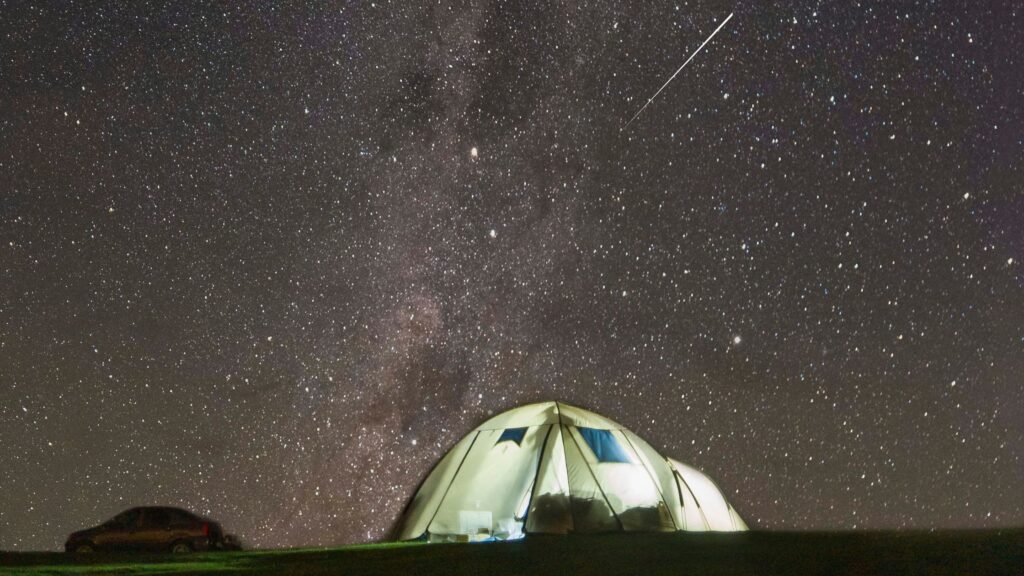Meteor showers are one of the most intriguing astronomical events people can witness with their naked eyes. And each year, there are plenty of times when you can see this phenomenon for yourself. One such phenomenon is the Geminid meteor shower.
The meteor shower was derived from the Gemini constellation, which is located in the northern celestial. The constellation itself was discovered by Ptolemy, a famous astronomer from 2 century AD.
Geminids are the remains and debris of a comet named 3200 Phaethon (5 km in diameter0). Now, all the remaining particles revolve around Earth, while some enter the atmosphere which you can see like flashes in the atmosphere.
Geminid meteor shower is the name given because of its location in the Gemini constellation. So you can watch the meteors once you can locate the Gemini. Lastly, other details like the timings, date and upcoming astronomical events are discussed in the article below.
Key Highlights
- Elevate The Viewing Experience
- Watching The Geminid Meteor Shower
- Best Times & More
- Updates on Next Astronomical Events
- Conclusion
- FAQs
Elevate The Viewing Experience of Geminid Meteor Shower
There are plenty of ways by which you can elevate the viewing experience of the Geminid meteor shower. First of all, you need the best remote location which is free of light pollution. On top of that, the weather and moonlight also impact the visibility of meteor showers. This is universal and can cause problems even in other similar astronomical events like the Perseid meteor shower.
- Remote location
- Free of light pollution
- Stable weather
Watching The Geminid Meteor Shower (14th December 23)
So now you know the basic premise of the quality viewing experience of a meteor shower. Now all you need to find is a good remote place. Next thing is you need to sit at a stable place and using a mobile app, locate the Gemini constellation. Now, patiently wait for the moment and enjoy the meteors as if you’re lucky you can locate 20-30 meteors in an hour.
Best Times & More
The best time to watch the Geminid meteor shower is during the dawn of 14th December or the midnight of the same date. On top of that, if you have a camera setup, you can get some spectacular shots for your next astronomy projects.
Updates on Next Astronomical Events
If you’re a little upset about not catching up with the Geminid meteor shower; then don’t worry, there are plenty of events which will take place before the end of 2023. You can view these astronomical events and enjoy your evenings or mornings.
- Ursid Meteor Shower
- Winter Solstice
Wrapping Up!
The Geminid meteor shower, a fascinating astronomical event, occurs annually in December. The meteor shower is derived from the Gemini constellation, containing the remains and debris of a comet named 3200 Phaethon.
To enhance the viewing experience, find a remote location free of light pollution and stable weather. The best time to watch is during dawn or midnight on December 14th. Other upcoming events include the Ursid Meteor Shower and Winter Solstice.
Frequently Ask Questions (FAQs)
Why is it called a Geminid meteor shower?
The Geminid meteor shower is a term which is derived from the location of meteors coming from the Gemini constellation.
How big are the Geminids?
Geminid meteors are comparatively similar to other meteors (5-30 cm in diameter) or 30g to 500g.
What is the best time to see a meteor shower?
The best time to see a meteor shower is early in the day (dawn), or late in the night when the weather is clear and the sky is wholly visible.
How long does a meteor shower take?
The average meteor shower viewing hours are 16 to 24. However, the number of meteors is completely random and does vary from time to time.

